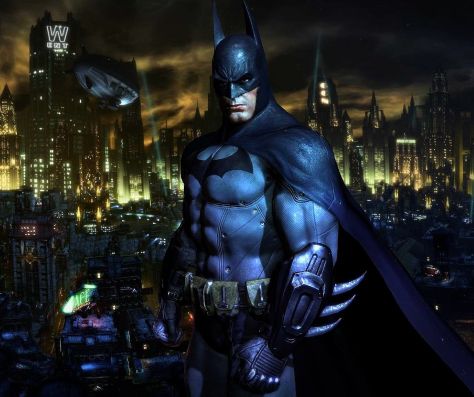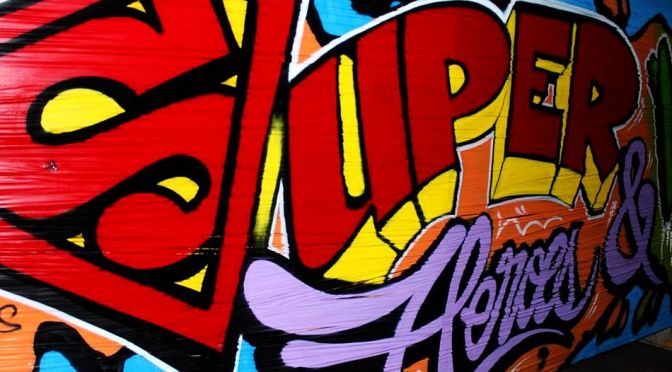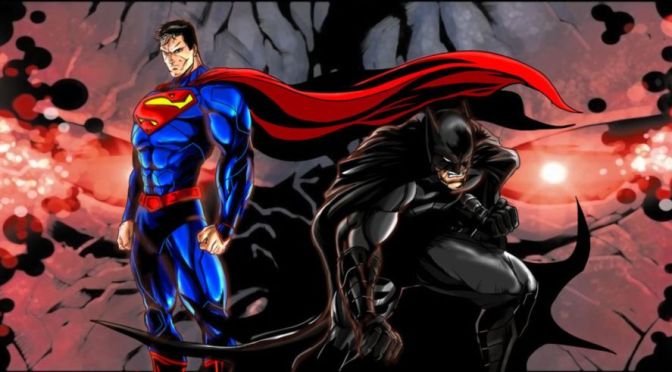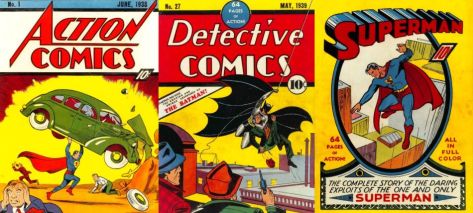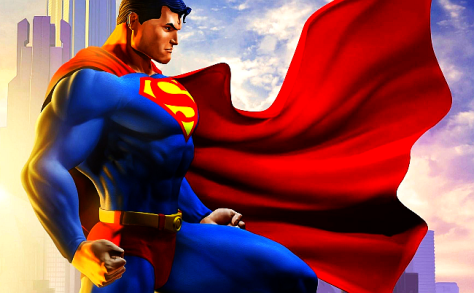
Who is the biggest, or most popular superhero in the world?
Finding the answer on the internet is not as easy a task as one might think. The results are as numerous as they are varied. Most, are the individual writer’s opinion. While others, although based on evidence, only concentrate on one aspect of media that superheroes appear in. Very few, if any, actually take into consideration, all forms of media through which fans can access their favourite superhero.
A child may spend their pocket money on Superman comic books. However that same child will most likely have seen ‘The Man of Steel’ at cinemas at least once, and now owns the DVD. This is probably stored on the same shelf as their Superman and Justice League animated feature films. They probably also watch Superman cartoons on television, and have all manner of Superman paraphernalia scattered about their bedroom.
So to truly answer the question of who the biggest superhero in the world is, all forms of media they appear in must be taken into consideration.
Superheroes were of course, introduced to us originally through comic books. During the ‘golden age’ of comics in the 1940’s, individual issues featuring Superman, Batman and Captain Marvel, regularly sold over a million copies each in the United States alone.
Although global figures are hard to pin down, over a billion comic books were sold in the United States alone in 2013 – up five percent from the previous year. This created over 3.7 billion dollars in revenue for publishers. The two most successful of course, being Marvel, with 36.97 percent, and DC with 33.35 percent.
The three biggest selling individual comic books sold in the US in 2013 were the number one issues of Justice League of America (326,000), Superman Unchained (259,100), and Guardians of the Galaxy (221,200). Superior Spider-Man issue one sold 216,700 copies to come in a close fourth.
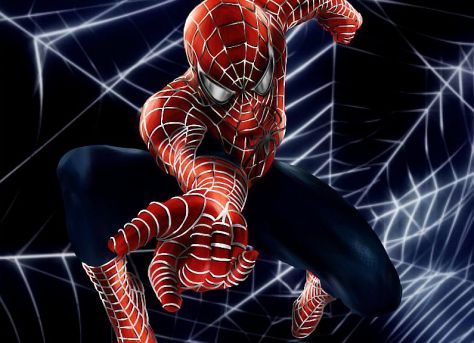
However the individual superhero that sold the most comic books by far in 2013 was Batman. Batman comics (excluding Justice League and Superman/Batman), had 17 entries in the top 100, selling 1.96 million copies.
With around 900,000 individual copies sold, and nine entries in the top 100, Spiderman came in second, while Superman was third with five entries, and 740,000 copies sold.
Of all the mediums that superheroes are now presented through, the closest relation to the original comic book is the animated cartoon. Becoming popular in the late sixties, superhero cartoons have become an institution on children’s television.
Although there are no real figures to use as evidence, an internet search of the most popular cartoon featuring a superhero, will show that eight times out of ten, Batman: The Animated Series is rated number one on any given list. The majority also have Batman Beyond in their top ten, so given the overwhelming anecdotal evidence in his favour, Batman comes out on top again.
Using that same evidence, Superman is the next most popular, followed closely by Spiderman and Wolverine. Ensemble cartoons featuring The Justice League, X-Men and the Avengers also feature prominently.
Ever since DC’s Justice League first made their debut in 1960, publishers have recognised the enormous popularity in uniting individual superheroes into teams. That popularity has translated to film. Marvel’s The Avengers, released in 2012, is the highest grossing superhero film to date, having taken in more than 600 million dollars at the box office.
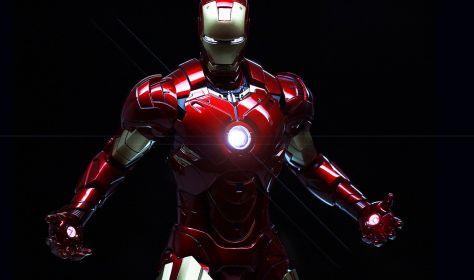
Coming in second, and the first of the individual superhero films is The Dark Knight (2008), having grossed 535 million, followed at three by the Dark Knight Rises (2012) with 448 million.
However when assessing who the biggest superhero in film is, box office figures alone cannot tell the complete story. Since Superman premiered in 1978 the world’s population has grown by a third. There are also more cinemas from which to watch movies, and since Batman has been in far more films than any other superhero, he would easily come out on top.
Buzzfeed.com have come up with a formula that does not just rely on box office receipts. Considering many different factors, they have given each superhero ‘a weighted film rating’, and come up with a top twenty.
The top five on that list of 20 are Batman (3.4), Spiderman (3.26), Ironman (2.98), Superman (2.93), and Wolverine (2.13).
The global combined box office of those top twenty superhero films is an astounding six billion dollars.
Amazingly though, that same figure is generated each and every year through superhero merchandising. DC and Marvel both made three billion dollars from merchandising last financial year, placing them in the top five merchandisers globally.
In 2012, following the release of The Avengers, The Dark Knight Rises and The Amazing Spiderman, the competition for merchandising sales between DC and Marvel was at its fiercest. However Batman merchandise outsold the other two comfortably, with DC producing more than 1000 different licensed products for the Dark Knight Rises alone.
From the evidence presented here, there is no doubt who the winner is. While Spiderman, Superman and Iron Man have tried hard, Batman has come out on top in every category, and next month, when he celebrates his 75th birthday, he will do so as the biggest superhero in the world.
